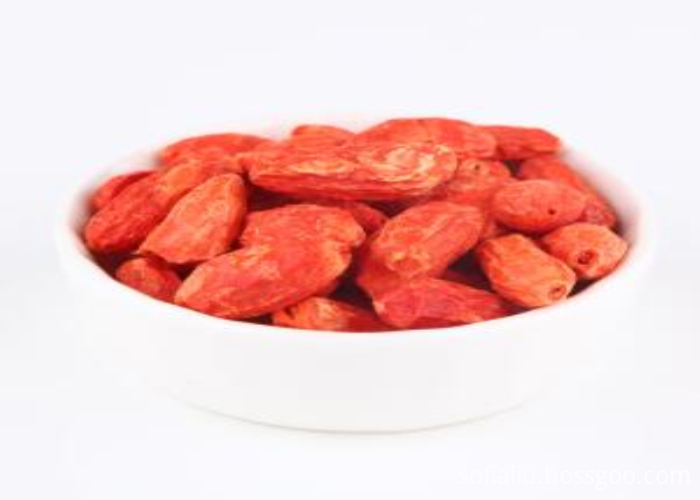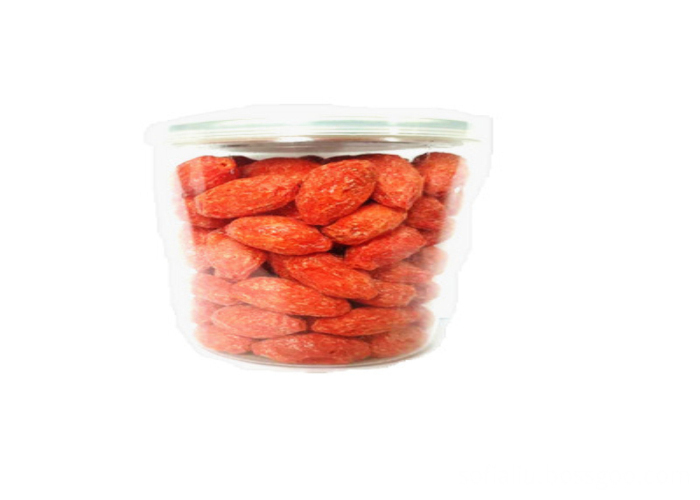Ornamental Pepper is a perennial herb of the genus Solanaceae, but it is usually cultivated for one year. It is a good potted ornamental vegetable. 2.4 pepper plants show upright, slightly less branches. The fruit is slender, 2--3cm long, and the fruit stem stands upright and points forward. Peel color from green to orange to red. There are also bell peppers, horn peppers, and sun peppers. 3 Environmental requirements Ornamental peppers are native to the Americas and are cultivated throughout China. Thermophilic, seedlings require a higher temperature, with the growth of plants, the ability to adapt to the temperature gradually increased, the optimal temperature for growth and development is 25 - 28 °C. It is not drought tolerant, nor resistant to embarrassment, but also afraid of frost, hi sunny, warm, dry environment. It grows well in fertile, well-drained soil. Is a short-day plant, but can adapt to longer sunshine, light intensity requirements are medium, too strong and easy to cause sunburn disease, lack of light will delay the result period and reduce the rate of results. 4.1 Seedling cultivation and cultivation methods Ornamental peppers are seed-breeded and sown in indoor (greenhouse) nursery beds or pots in mid-March. Usually use the water sowing method, cover soil should be shallow. The seed germination temperature was 25°C and the seedlings emerged about one week after sowing. After the seedlings grow 2--3 true leaves, seedlings are transplanted. From late April to early May, the temperature is warmer and then moved to open field planting or upper basin. Planting in open field is usually done with ridges, ridge height is about 15cm, row spacing is 50--60cm, plant spacing is 33--40cm, one plant per hole; Potted plants are pots or plastic basins with basin diameter of 18--20cm, and each pot is planted with a robust plant. Seedlings, potted soil for self-made nutritious soil. 4.2 Cultivation and Management Ornamental peppers are strong in growth and development, and no special management is required in the case of full application of base fertilizers. After the seedling height 10-15cm, proper pruning and topping will lead to beautiful appearance. During the vigorous growth stage, 1- 2 liquid compound fertilizers can be applied to promote multi-leaf foliage and flourishing, but after flowering, the water should be properly controlled to keep the soil moist, so as to prevent falling flowers and increase the rate of results. At the same time flowering time is best to increase 1 times of phosphate fertilizer, so that the fruit is more than fruity. Potted plants can be moved indoors in the winter, and proper maintenance can continue flowering. The fruit period can be extended to the New Year. 4.3 Diseases and Insect Control The main diseases of ornamental pepper are virus disease, anthrax and epidemic diseases. The main insect pests are aphids and mites. Seed China reminds you: It can be controlled according to the regular pest control of green peppers. Namely: 200--300 times liquid anti-toxic agent No. 1 can be used for the initial stage of aphid, spray once every 10 days (days), and spray 2 - 3 times. The disease can be controlled with agricultural streptomycin at a concentration of 200 mg/L. Anthrax can be controlled by 75% chlorothalonil wettable powder 600 times.
Freeze Dried process is a method to freeze the dry liquid materials into solid and use the sublimation properties of ice under low temperature and pressure to dehydrate the materials and achieve the purpose of drying. Freeze-drying technology first appeared in the space field, and it is known to all that the space food has a high quality requirement, which is designed to meet the needs of the astronauts in space for the nutrition of fruits and vegetables. Because freeze-drying technology not only let the color, aroma, taste, nutrition of the food itself, but also make food more convenient to carry and transport. With the development of economy, freeze-drying technology has been applied to daily food processing, so the lyophilization process is also called aerospace food technology.
Freeze dried food is to use rapid freezing, vacuum dehydration method of ice, preserved the original color, aroma, taste, nutrition, and the appearance of the original material, the water content of only about 5%, because of the particularity of its craft, by freezing to break the cell wall, so crispy, nutrition, easy absorption
Goji Berry,Freeze Dried Wolfberry,Freeze Dried Goji Berry,Organic Freeze Dried Goji Berry Ningxia Wolfberry Goji Industry Co.,ltd , https://www.nx-wolfberry.com
1 Morphological characteristics and biological characteristics Ornamental pepper roots are less developed, stems erect, and old stems are lignified. Strong branching ability, branching habits are double or triple branching. Plant height 30--60cm. Leaves alternate, ovate lanceolate or oblong, entire, petiolate. Flowers are small, solitary or clustered on branches, stemmed. The corolla is radiantly 5-lobed and its colors are white, green, purple and purple. Flowering from June to September. Berries, erect or slightly upward. Fruit shape varies from variety to species, including long fingers, cherries, pyramids, horns, and wind bells. Fruits are yellow, red, orange, purple, white and green. The fruit period is 8-10 months.
2 major cultivars
2.1 The bergamot pepper plants are short, with a plant height of about 30 cm and strong branching. The fruit is conical fingers, 9--17 clusters are born on the branches, the length is indefinite, shaped like a bergamot and got this name. The fruit is 4--5cm long. It changes from milky white to yellow, orange, red and other colors in the process of ripening. The color is bright, and the taste is very spicy. It has high ornamental value and edible value.
2.2 Cherry pepper fruit spherical, like cherries, fruit diameter about 1cm. The fruit is initially purple during the growth process and becomes light purple, yellow, and orange as it matures, and finally becomes a large red color. Fruits of various colors on the same plant exist at the same time, also known as colorful peppers or colorful flowers. The cherry pepper stalks are mostly purple, and the leaves are dark green and purple-purple, the flowers are purple, the plants are compact, the fruits are opposite or scattered in the leaf pods.
2.3 Pearl pepper plant height 20 - 25cm, branching more, beautiful plant shape, fruit, fruit spherical, fruit stem erect, fruit diameter 0.5 - 0.8cm, spicy, scattered. The fruit is immature milky white and bright red after ripening. The flowers are white, dark green and small, more shade-tolerant, easier to manage, and have a longer fruit period. It is one of the best varieties that families use to pot plants. Due to its small size, indoor furnishings are quite unique and novel.
4 Cultivation Techniques


Ornamental pepper
Next Article
Lavender
Prev Article
Apple Planting Technology